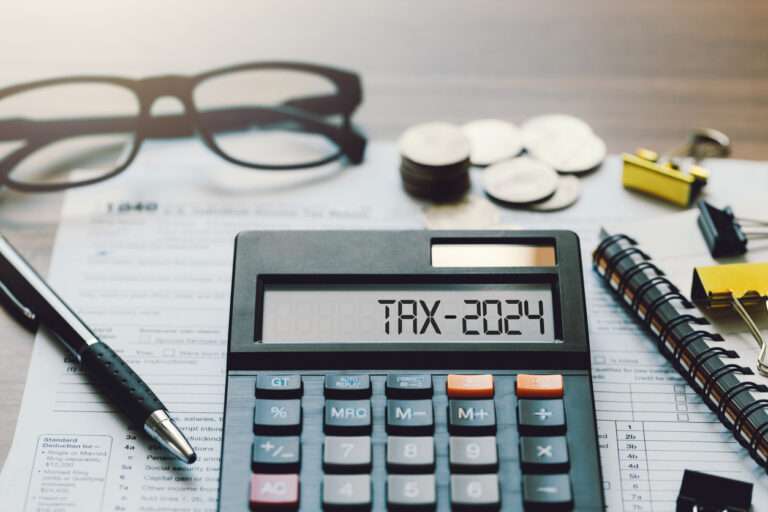By: d-mars.com
News Provider
Stacy M. Brown, NNPA Newswire Senior National Correspondent
Black and Hispanics maintained cash buffers substantially below their white and Asian counterparts.
Black and Hispanic households consistently maintained lower median cash balances than their white and Asian counterparts during and post-pandemic, according to a new JPMorgan & Chase Co. comprehensive Household Pulse study.
Placing a spotlight on American households’ financial landscape, the financial giant analyzed administrative banking data to track the cash balance of around nine million Chase customers from January 2020 to March 2023.
Through financial analysis, Chase provided an important glimpse into the economic trajectories of diverse households by revealing stark cash balance discrepancies among its customers based on race and ethnicity.
The study underscored that the imbalances are not merely numerical; they also reflect the broader dynamics of the American socioeconomic fabric.
Black and Hispanic households saw more balance gains during the pandemic, especially when the government provided economic impact payments and expanded unemployment insurance.
However, study authors emphasized that the pandemic’s financial effects were not evenly distributed across all demographic groups.
Despite reports of higher income growth for Black and Hispanic individuals before and during the pandemic, there was a significant difference.
Black and Hispanics maintained cash buffers substantially below their white and Asian counterparts.
The authors noted that existing disparities defied the expectations that predicted higher income growth would bridge the gap.
The study showed that households’ combined checking and savings balances decreased in all income quartiles in the second half of 2022.
But the trend was reversed in March 2023, as tax returns began flowing in, providing a much-needed boost to many households’ financial standings.
As of March 2023, a stark divide was apparent between income quartiles.
The highest income quartiles saw median balances of approximately $9,000, while the lowest struggled with balances of around $1,300.
That represented a substantial decrease from the pinnacle observed in April 2022 post-tax return distributions, where balances stood at approximately $10,700 and $1,400, respectively.
Further data dissection underscored the persistent cash balance gap among racial and ethnic groups.
Despite the relative gains made during the pandemic, Black and Hispanic families consistently faced lower median cash balances than their white and Asian counterparts.
Peak balances for Black and Hispanic families in April 2021 reached $4,300 and $4,600 respectively.
In 2021, there was a consistent decline in the numbers.
In April 2022, Black families reached about $3,200 and Hispanic families reached roughly $3,500, and that was due to tax season.
In March 2023, balances for both groups slipped below $3,000, a figure approaching their respective pre-pandemic levels.








